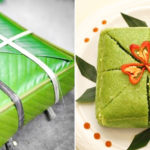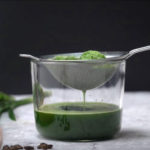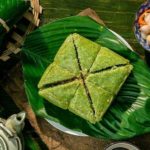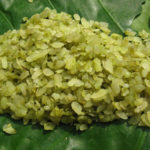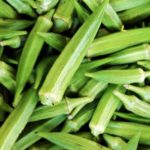Choosing the Right Ingredients
There are various types of sticky rice available in the market, but for making delicious sticky rice, it is recommended to use either sticky rice with a glossy, round grain and a sweet taste, or sticky rice with a golden flower. These varieties offer a pleasant aroma and taste.
If you opt for black sticky rice, choose the one with long, dark purple grains. Ensure the rice has a natural aroma and uniform grain size.
For more information:

Selecting the Best Complementary Ingredients
– For beans, choose dry beans with a glossy, uniform appearance, free from any outer covering or white membrane. They should offer a crisp, tasty bite and have a distinctive aroma.
– Corn: Opt for sticky corn with large, round kernels instead of red corn or American corn. The sticky variety provides a softer, sweeter, and more aromatic experience.
– Pandan leaves/Butterfly pea leaves: Avoid using young leaves; instead, go for mature, deep-colored leaves to impart a stronger fragrance and more vibrant color to your dish.
– Gac fruit: Select fruits that are round and have evenly spaced spines. When gently pressed, they should feel full and slightly firm, indicating ripeness and a meatier texture.
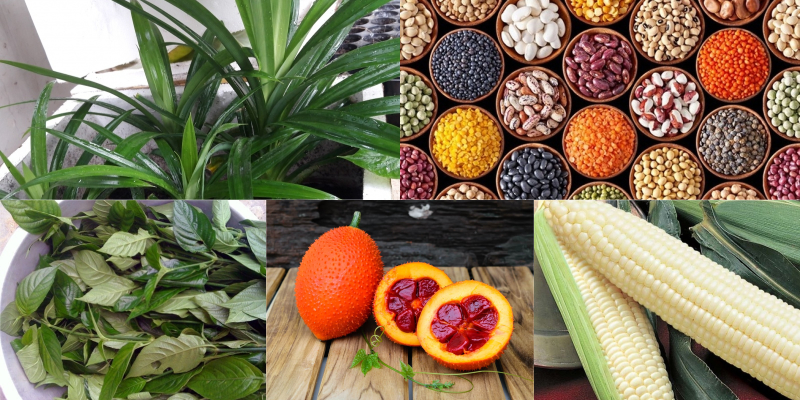
Preparation
– Soak the sticky rice for at least 3 hours before cooking. If you’re using black sticky rice, choose the right complementary ingredients to ensure even grain expansion and a softer texture. Adding a pinch of salt to the soaking water enhances the flavor and firmness of the grains.
– Soak the beans in warm water for approximately 4 hours before cooking.
– Corn: Use a knife to carefully separate the kernels, avoiding the sharp, pointed husks that can get mixed into the sticky rice and create an unpleasant texture when eaten.
– Pandan leaves/Butterfly pea leaves: Blend the leaves with a small amount of water and strain the mixture. Add this flavored water to the rice before cooking and adjust the amount of plain water accordingly.
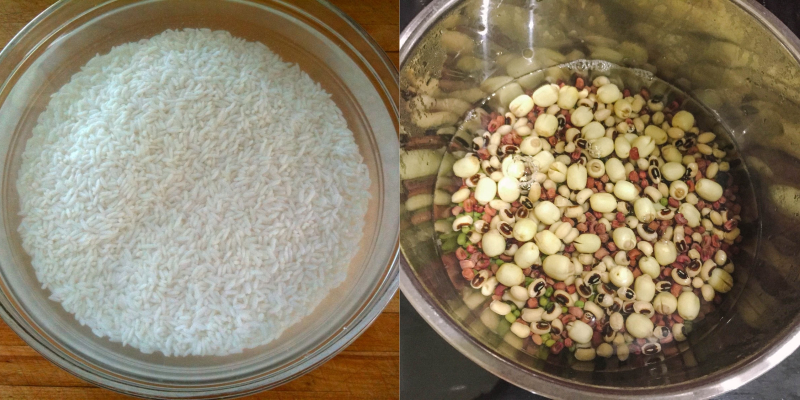
Cooking the Sticky Rice
– Do not drain the rice; instead, stir it well to ensure that the rice and water levels vary, preventing the sticky rice from becoming mushy.
– After 10-15 minutes of cooking, stir the sticky rice once.
– Instead of using filtered water, cook the sticky rice with coconut water for a natural sweetness and enticing aroma.
– Maintain the water level just above the rice. As the sticky rice absorbs the water and becomes drier, add coconut milk and stir to create a softer, more luscious texture.
– Once the sticky rice is cooked, transfer it to a large bowl and use chopsticks to gently fluff and separate the grains, allowing excess steam to escape.
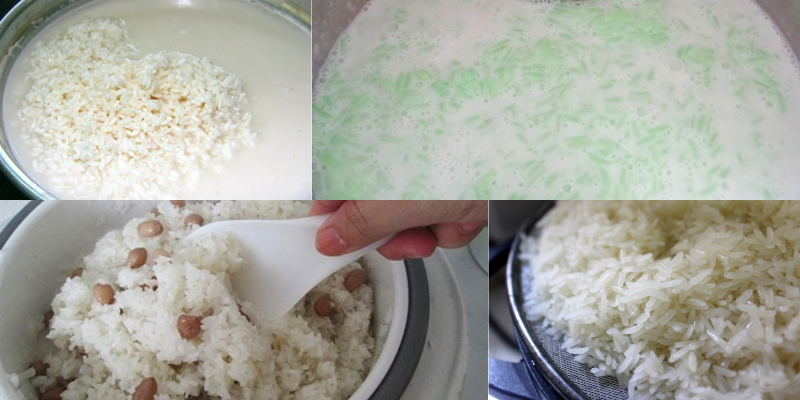
With these tips from [name of source], you can confidently select the right ingredients and prepare a delicious pot of sticky rice for your family. Good luck, and enjoy this delightful dish!
For more information:
Reference: cooky.vn
Exploring the Flavors of Glutinous Rice in Chung and Tét Cakes
With just weeks until the end of the year, many Vietnamese are already busy preparing for the traditional New Year’s Eve celebration which includes making offerings of banh chung and banh tet cakes. But with so many varieties of sticky rice to choose from, which type of rice is the best to use for making these tasty cakes? Here, we look at the many scrumptious options of sticky rice for creating the perfect banh chung and banh tet cakes.
























